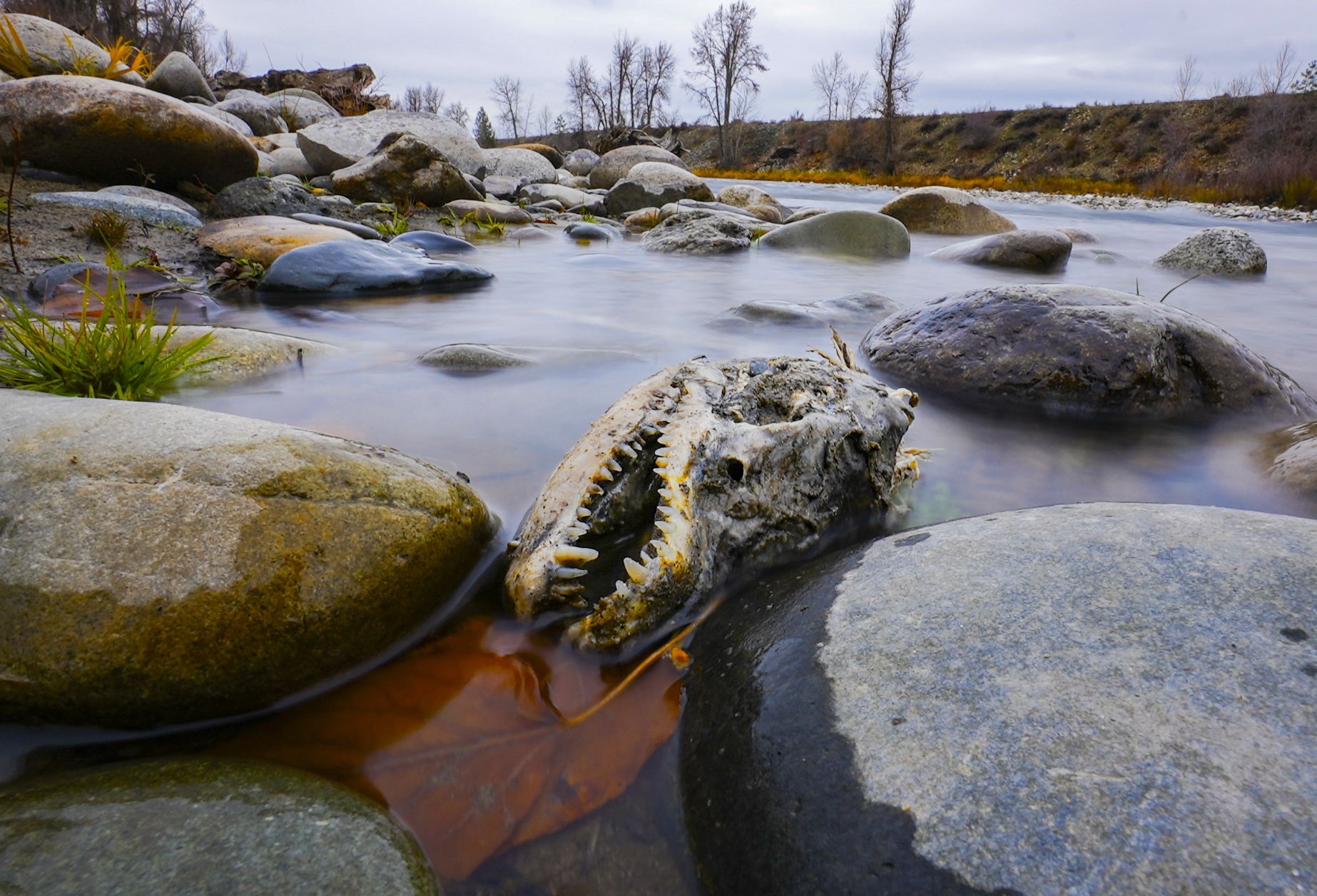November 9-15, 2025
A season of rain and mud
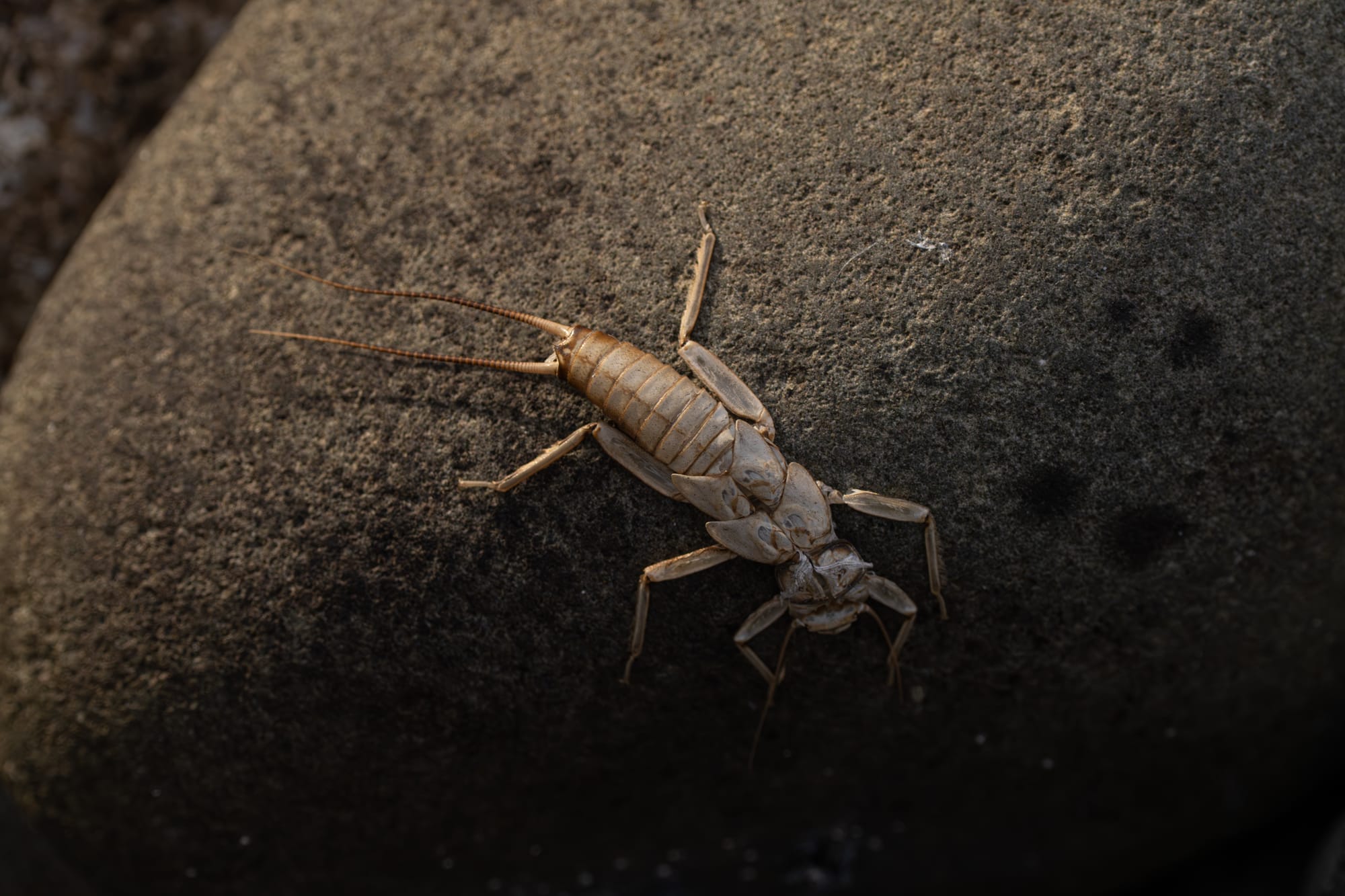
While the sun made a brief appearance early in the week, the rest of the week was filled with rain, drizzle, and clouds.
Week in Review
Although this has been a very slow and subtle week with little going on in the natural world, I suspect that this long stretch of rain and above-freezing temperatures is benefiting many plants. If the ground was already covered in snow, no plants would be growing, but in the absence of snow and ice, countless plants are sprouting and getting a head start on the spring. Once they're covered in snow and insulated from the winter, these plants will go into a holding pattern and hold onto this early surge of growth.

Birds continue to provide a bit of excitement with trumpeter swans, common loons, and a few California gulls lingering on our larger lakes, and you might have noticed a few dark-eyed juncos and black-capped chickadees if you got out on a walk.
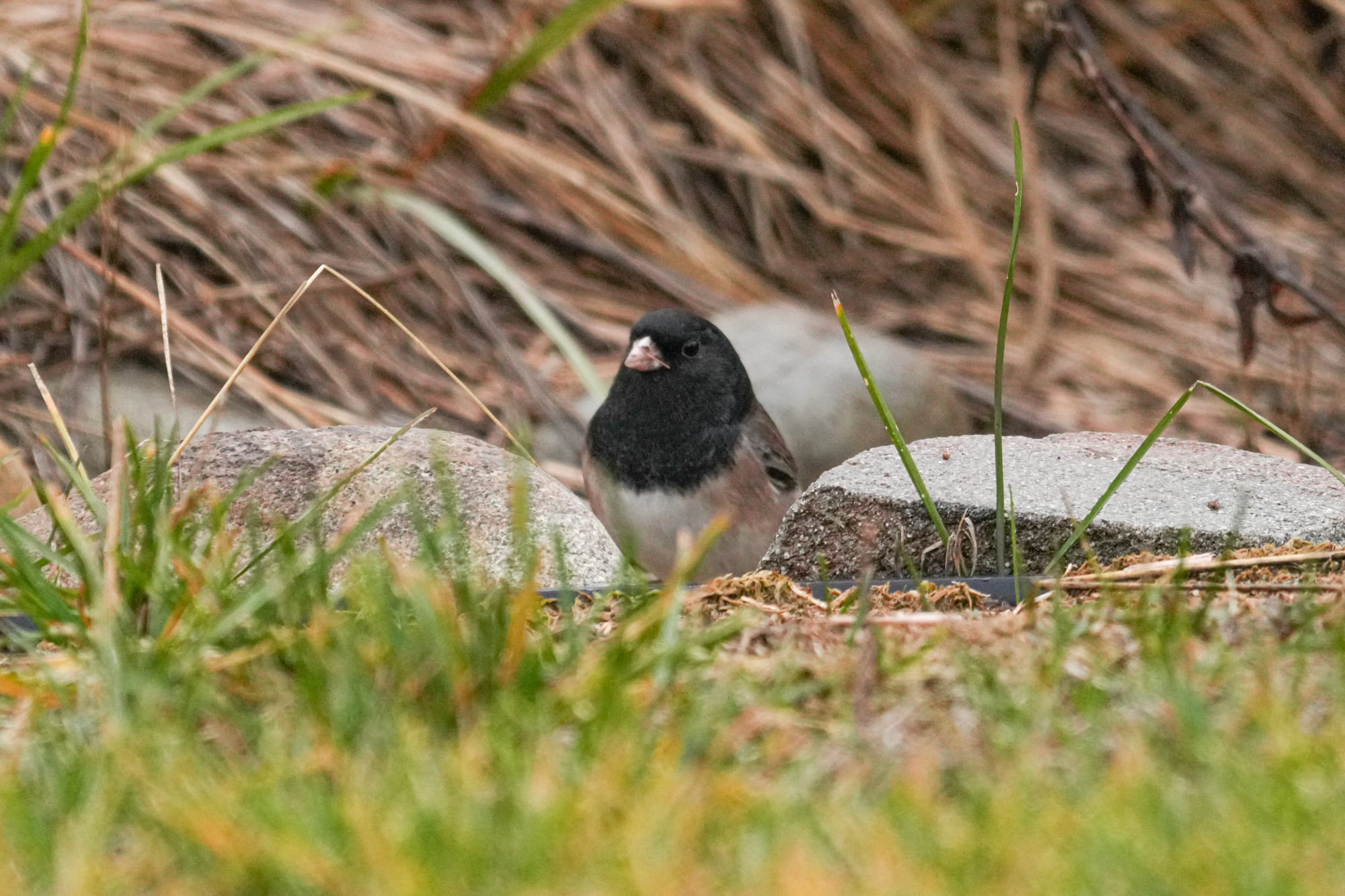

In the midst of this slow season, I'm finding myself repeatedly drawn to the river because this seems to be where the most activity is happening. I can almost always find an American dipper, a few bald eagles, or small groups of ducks cruising up and down the river to brighten my day.
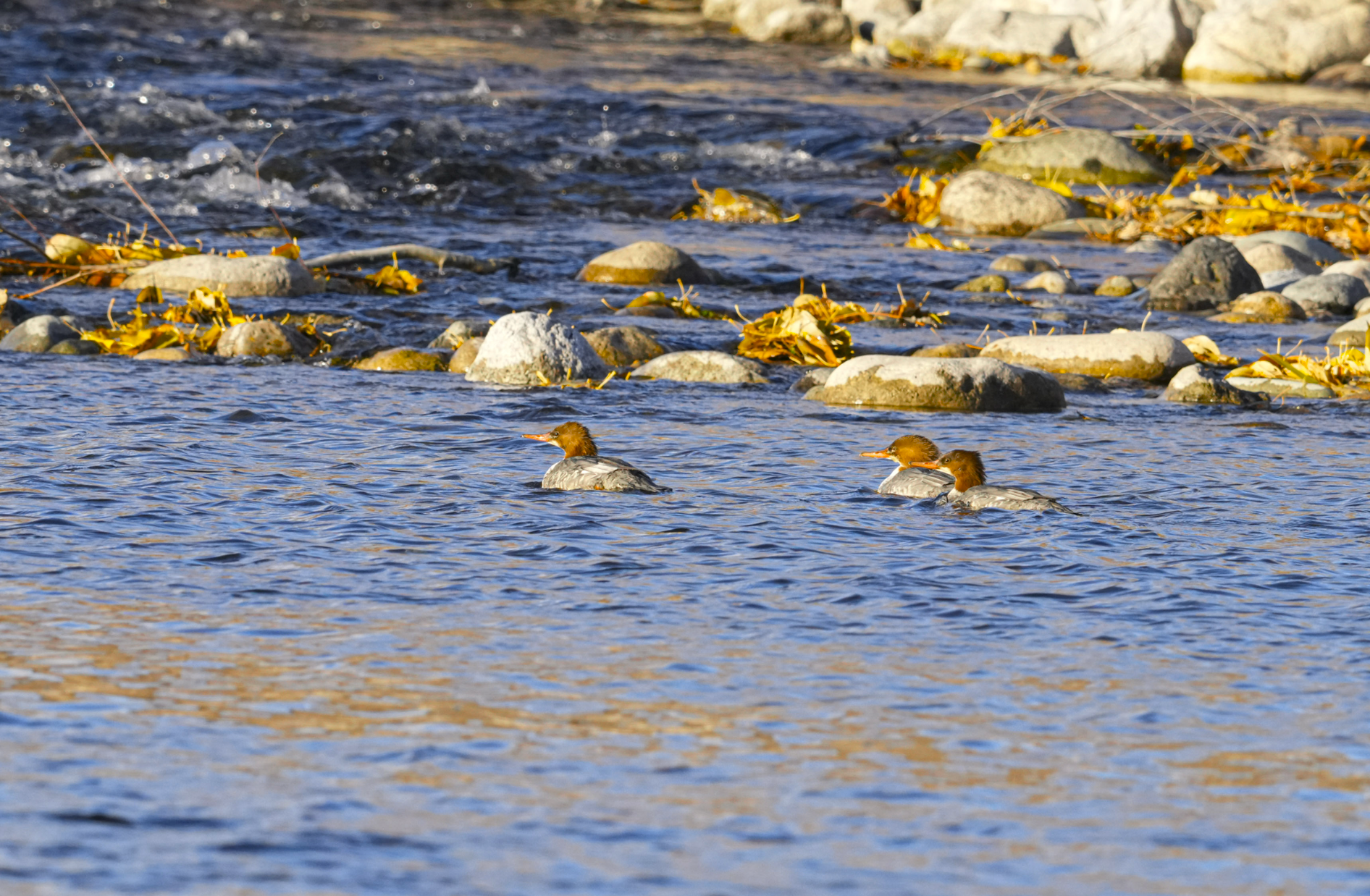
One surprise is discovering how many insects are active along the river. You can easily find evidence of the shed exoskeletons and homes of stonefly, mayfly, and caddisfly larvae that have left the water, while adults are flying everywhere along the river.

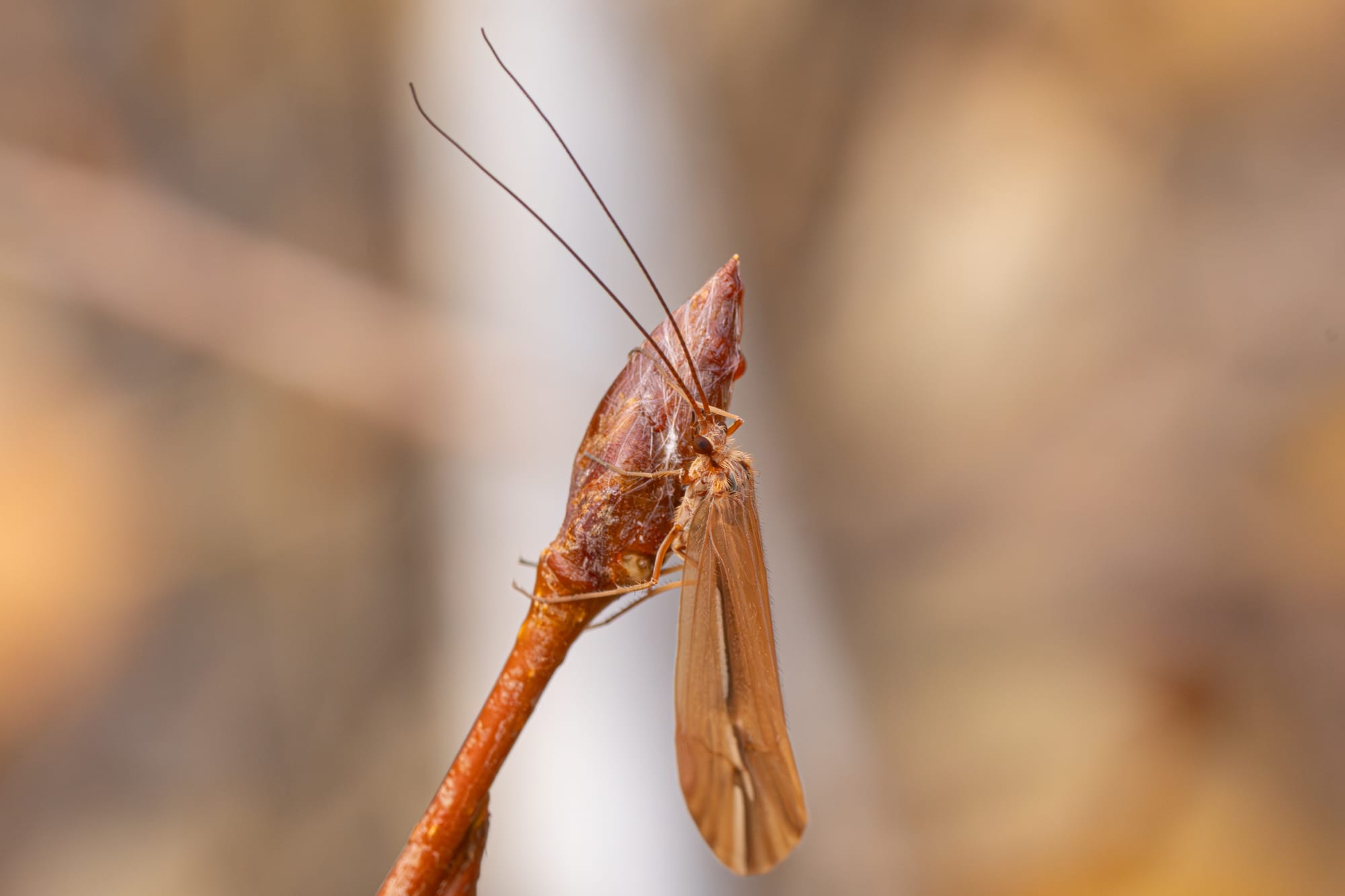
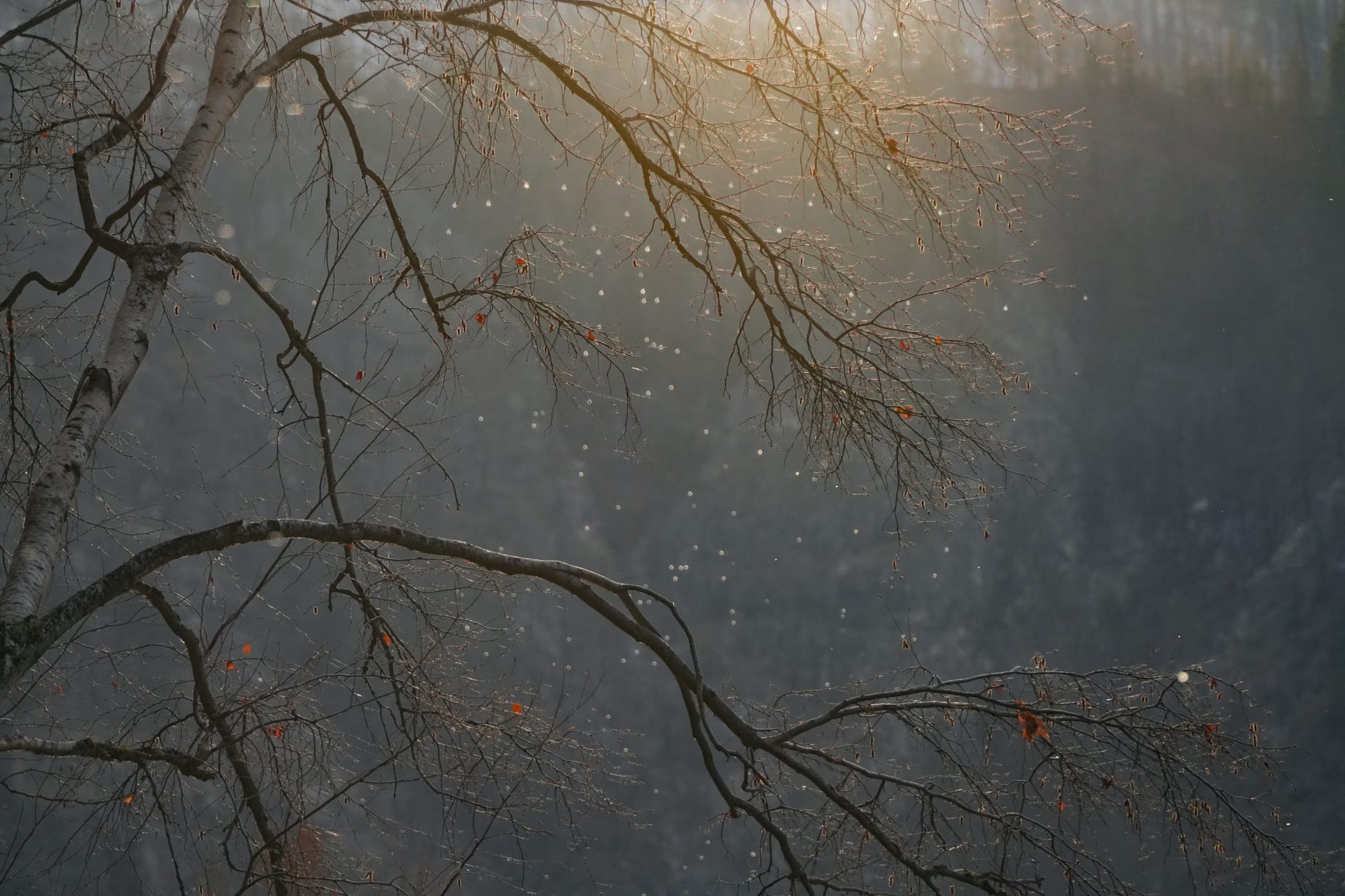
Insects and birds aren't the only things you might see along the river. I've also been noticing everything from mussels to flowers, as well as many other surprises.
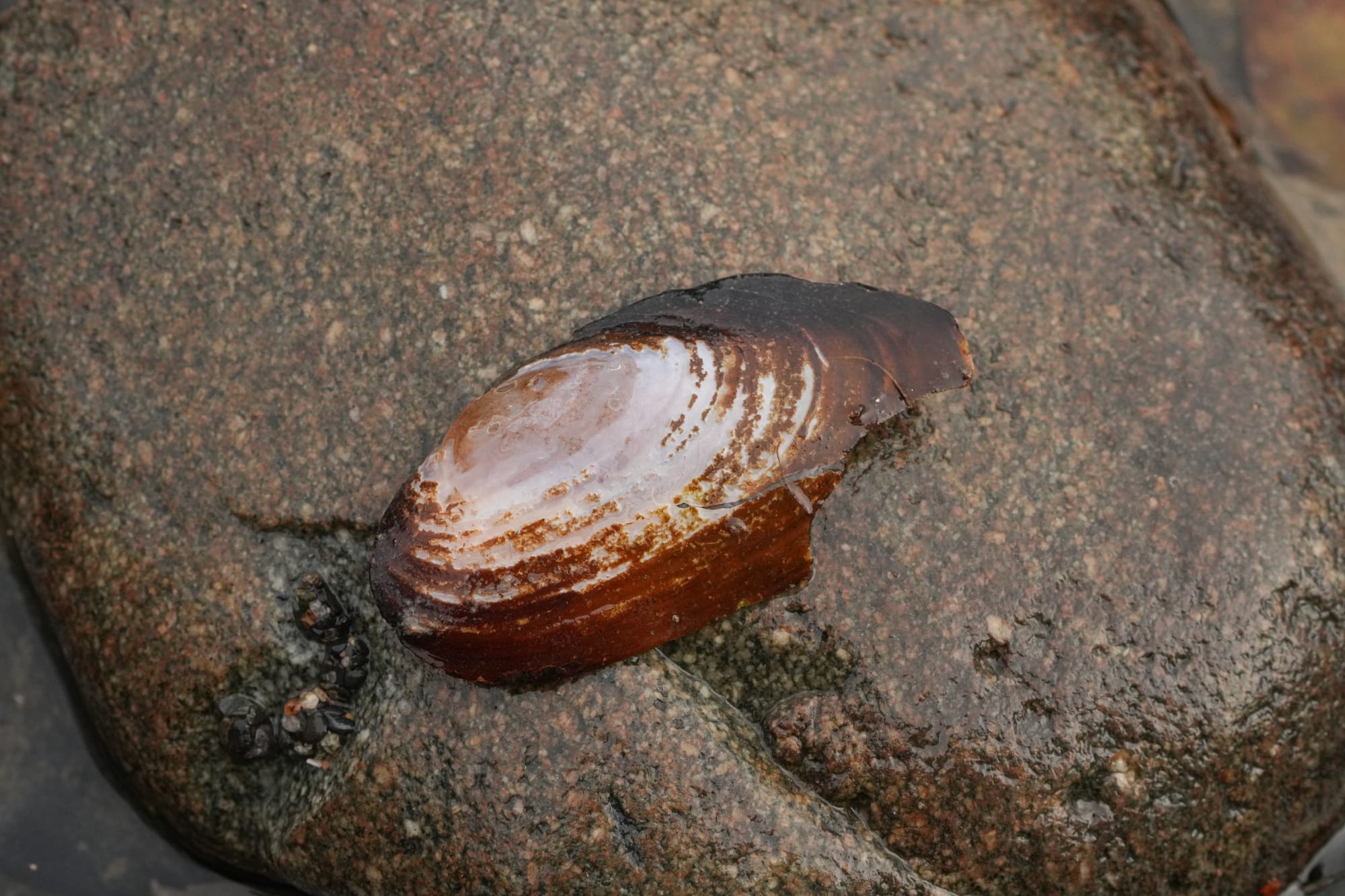

Observation of the Week: Fallen Leaves
As I've been walking along the river this week, I've been noticing tons of fallen leaves carpeting the ground and piling up in the water. Coincidentally, a newsletter subscriber sent me a fascinating article about the role of fallen leaves in river ecology, so I started paying more attention.
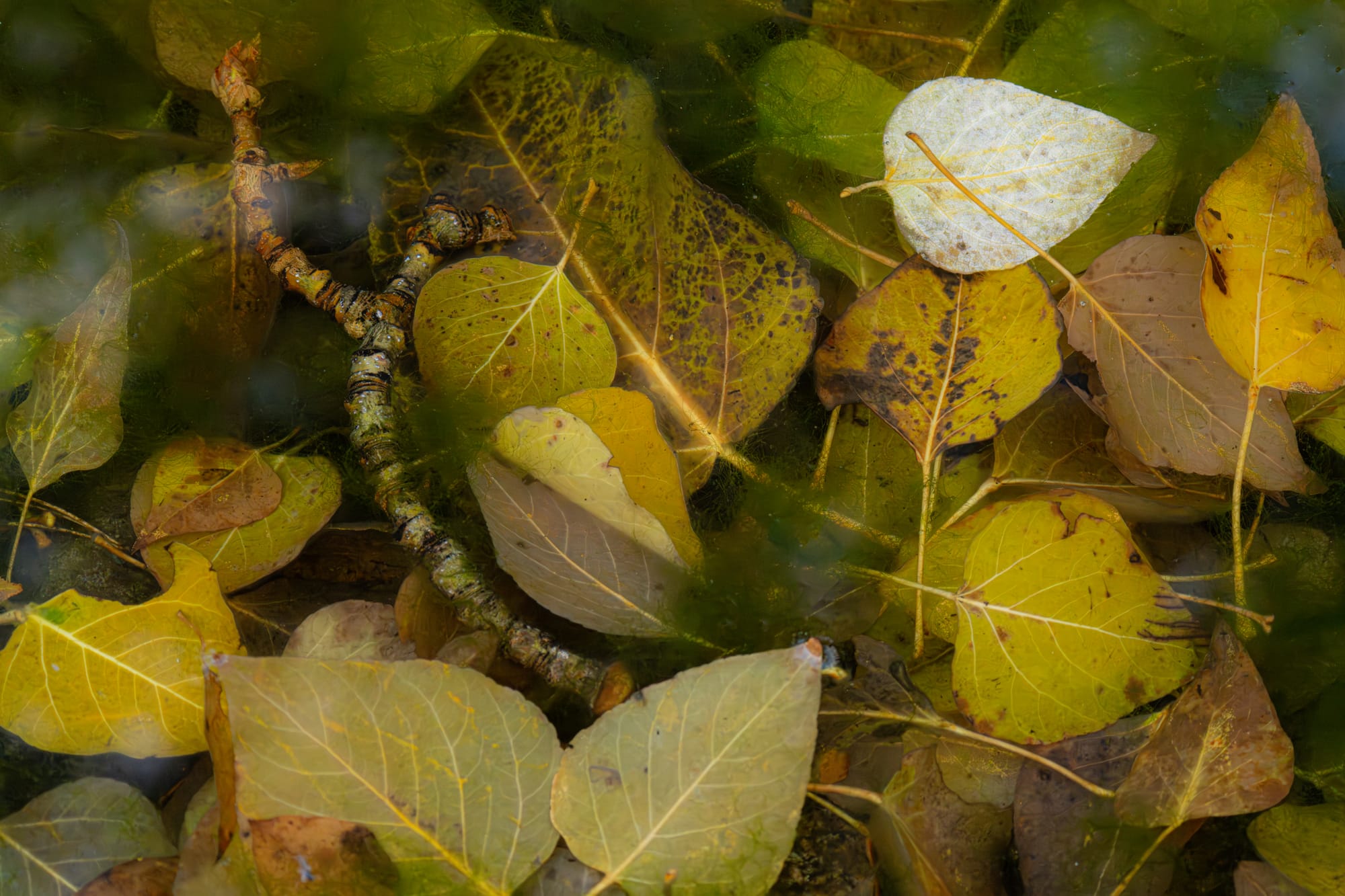
I ended up writing a longer article about this topic in my Lukas Guides newsletter this week, but briefly, it turns out the entire web of life in rivers, all the way from fungi and bacteria to eagles and salmon, is powered by the decomposition of falling leaves. Without falling leaves, a river soon becomes sterile or dead.

In other words, the more trees you remove along a river the more you kill the life of the river.

This realization prompted me to start looking more closely at the Methow River, and what I noticed is that long stretches of forest along the river have been reduced to extremely narrow or nonexistent corridors. Yes, there are patches of intact forest, but the overall number of trees along the river has been perilously reduced.
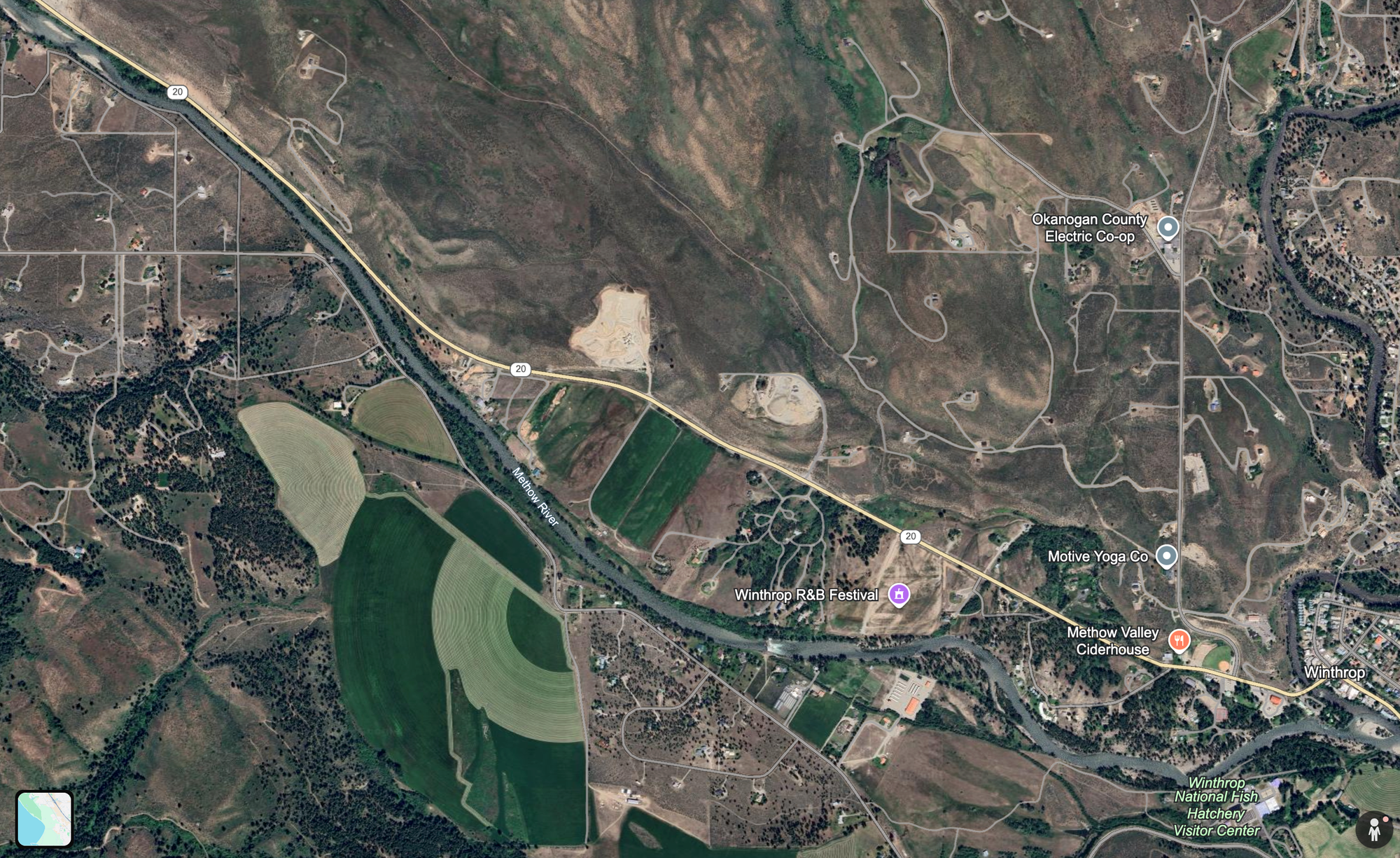
What does this mean? It suggests that we are overseeing a dramatic reduction in the health of the Methow River and that we're not doing enough to restore and expand the river's vital forests.
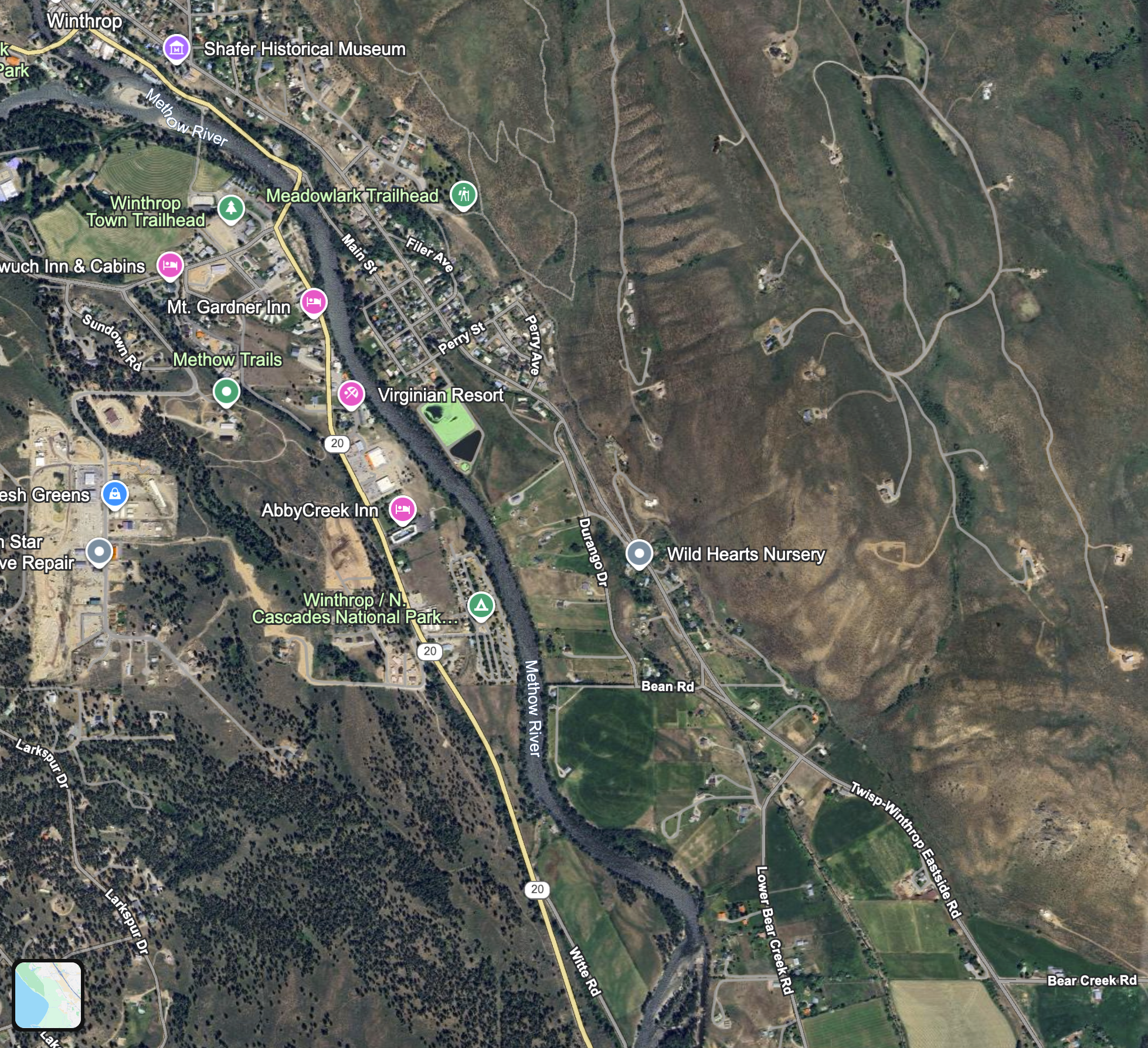
Sadly, opportunities to do this kind of work are far and few between, so I would argue that the Methow Conservancy's Sunny M Ranch represents a rare and precious opportunity to restore a large tract of riverside habitat while also creating a significant wild area for Winthrop residents.
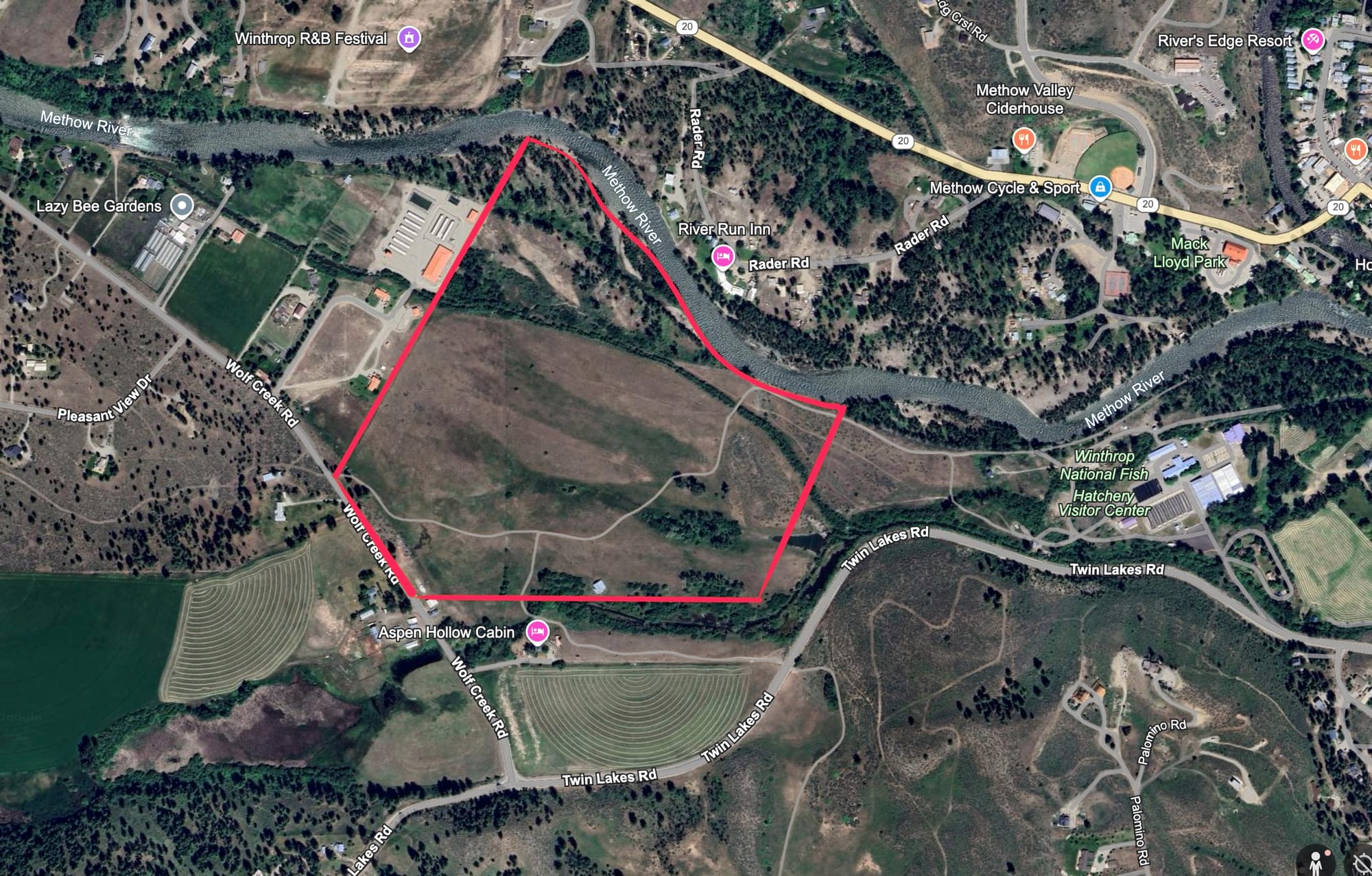
We spend millions and millions of dollars restoring salmon populations in the Methow River, but you can't bring back salmon or a healthy river if the food chain that supports them is hanging by a thread.
